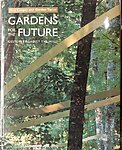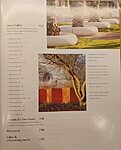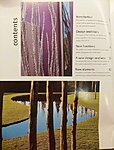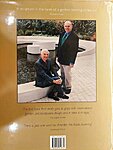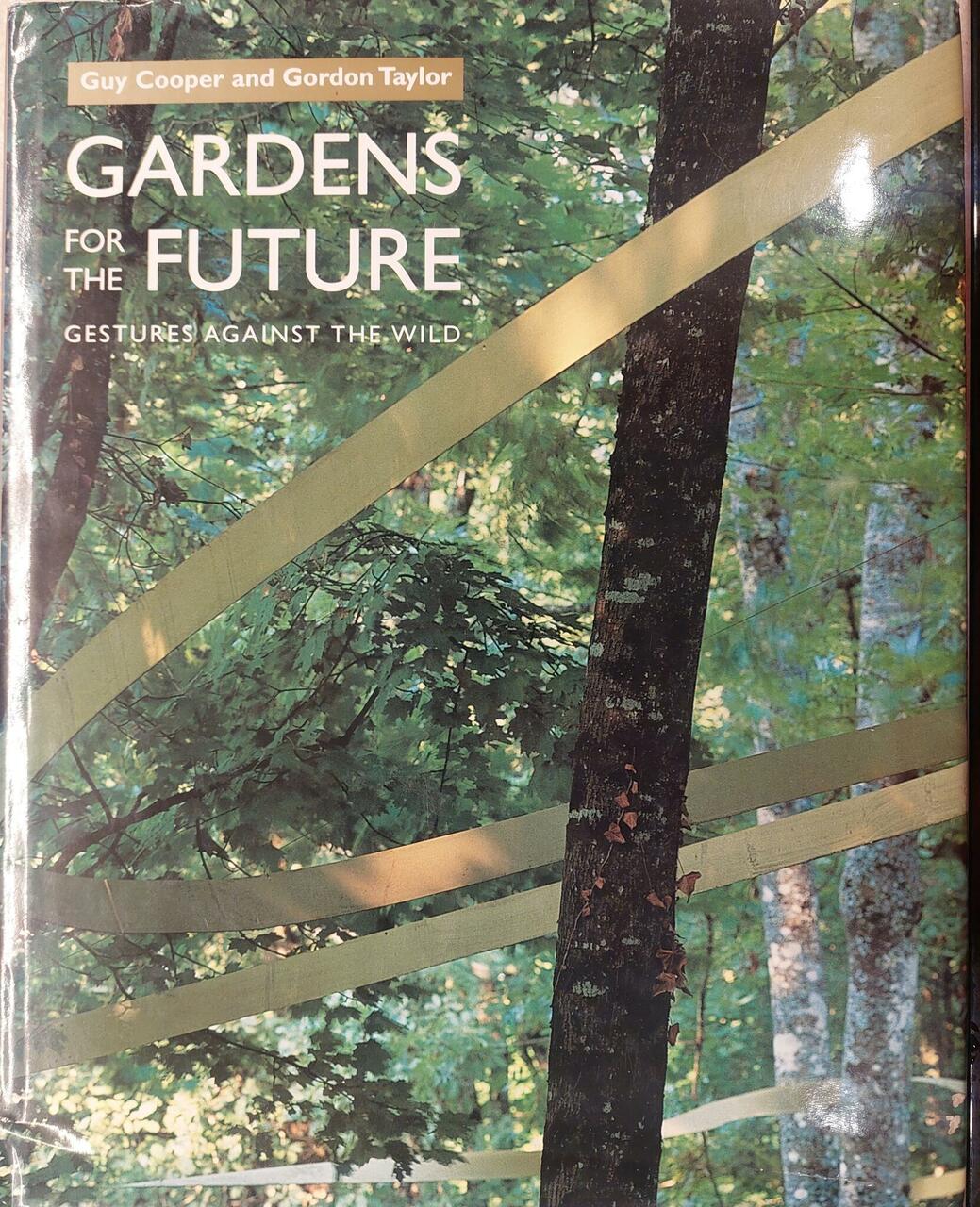
E-pood
Guy Cooper, Gordon Taylor "Gardens for the future"
30 €Laoseis: 0
Autor: Guy Cooper, Gordon Taylor
Pealkiri: Gardens for the Future: Gestures Against the Wild.
Kirjastus: Conran Octopus
Sari: -
Tõlkija: -
Kujundaja, illustraator: -
Väljaandmise aeg: 2002
Formaat: 224 lk., suur formaat, kõva köide
Kaal:
Seisukord: kasutatud, heas seisukorras
Professional landscape designers Cooper and Taylor offer 20 case studies of private and public landscapes to show the diversity of garden design at the end of the 20th century.
"The subtitle of this oversized ode to garden design is fascinating. Despite the fact that industrial aesthetics (plastics, AstroTurf, chain-link) are explored along with high-tech ideas like artificial fog and fiber-optics, the authors, well-known British designers, still see the garden in the context of its potential wildness, its site-specific possibilities. Flamboyantly photographed, international in scope, Gardens for the Future enlarges our mind's eye to include gardens of theory made manifest, such as the Garden of Cosmic Speculation in southwestern Scotland. Designer Charles Jencks explains, "Nature is basically curved, warped, undulating, jagged, zigzagged, and sometimes beautifully crinkly," all of which he has captured in stainless steel, concrete, and giant earthworks. Contrast this with the classic redesign, by Belgian Jacques Wirtz, of the 16th-century Tuileries gardens at the Louvre in Paris, or the perspective-skewered red garden made by Jack Lenor Larsen at his house on Long Island, and the reader gets an idea of the breadth, the exoticism, the sheer artistry of contemporary garden design. Not only do Cooper and Taylor take us on a tour of 20 exciting public and private gardens, they also help us make the leap into understanding them by starting out with a discussion of the influence of three great contemporary designers; Barragan, Noguchi, and Roberto Burle Marx. One of the most startling gardens in the book is Robert Irwin's Lower Central Garden at the Getty Center in Los Angeles. His mantra for the design, inscribed in stone in the garden, may be the only words that could be spoken of all the unusual gardens depicted in this elegant book. Irwin describes his work as "A sculpture in the form of a garden aspiring to be art." --Valerie Easton
Pealkiri: Gardens for the Future: Gestures Against the Wild.
Kirjastus: Conran Octopus
Sari: -
Tõlkija: -
Kujundaja, illustraator: -
Väljaandmise aeg: 2002
Formaat: 224 lk., suur formaat, kõva köide
Kaal:
Seisukord: kasutatud, heas seisukorras
Professional landscape designers Cooper and Taylor offer 20 case studies of private and public landscapes to show the diversity of garden design at the end of the 20th century.
"The subtitle of this oversized ode to garden design is fascinating. Despite the fact that industrial aesthetics (plastics, AstroTurf, chain-link) are explored along with high-tech ideas like artificial fog and fiber-optics, the authors, well-known British designers, still see the garden in the context of its potential wildness, its site-specific possibilities. Flamboyantly photographed, international in scope, Gardens for the Future enlarges our mind's eye to include gardens of theory made manifest, such as the Garden of Cosmic Speculation in southwestern Scotland. Designer Charles Jencks explains, "Nature is basically curved, warped, undulating, jagged, zigzagged, and sometimes beautifully crinkly," all of which he has captured in stainless steel, concrete, and giant earthworks. Contrast this with the classic redesign, by Belgian Jacques Wirtz, of the 16th-century Tuileries gardens at the Louvre in Paris, or the perspective-skewered red garden made by Jack Lenor Larsen at his house on Long Island, and the reader gets an idea of the breadth, the exoticism, the sheer artistry of contemporary garden design. Not only do Cooper and Taylor take us on a tour of 20 exciting public and private gardens, they also help us make the leap into understanding them by starting out with a discussion of the influence of three great contemporary designers; Barragan, Noguchi, and Roberto Burle Marx. One of the most startling gardens in the book is Robert Irwin's Lower Central Garden at the Getty Center in Los Angeles. His mantra for the design, inscribed in stone in the garden, may be the only words that could be spoken of all the unusual gardens depicted in this elegant book. Irwin describes his work as "A sculpture in the form of a garden aspiring to be art." --Valerie Easton
